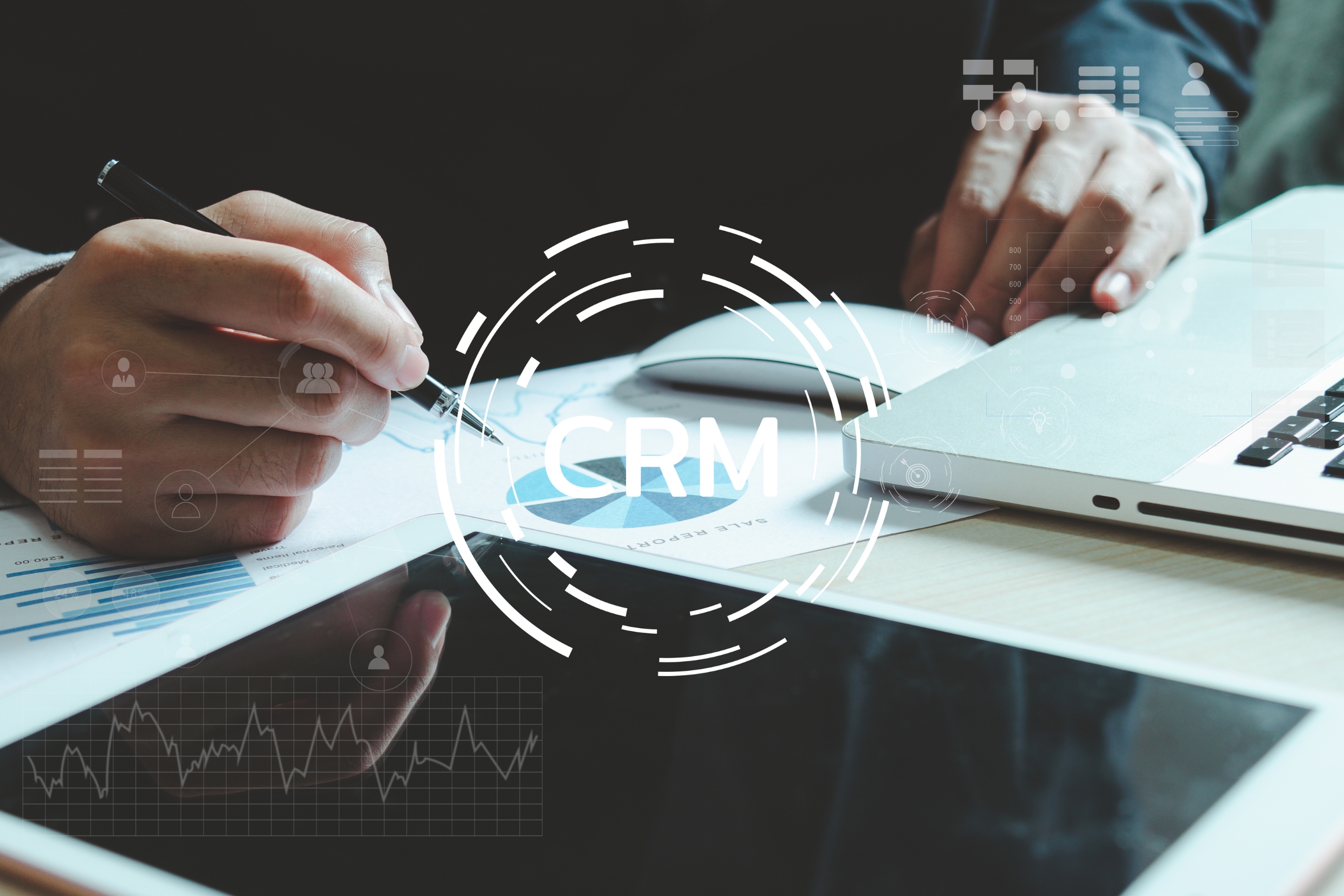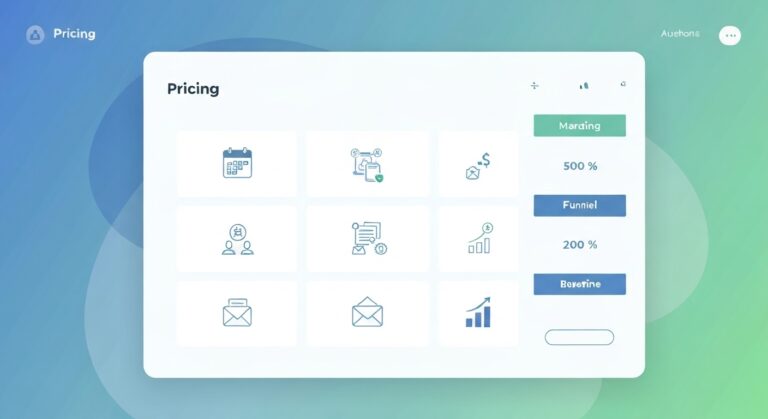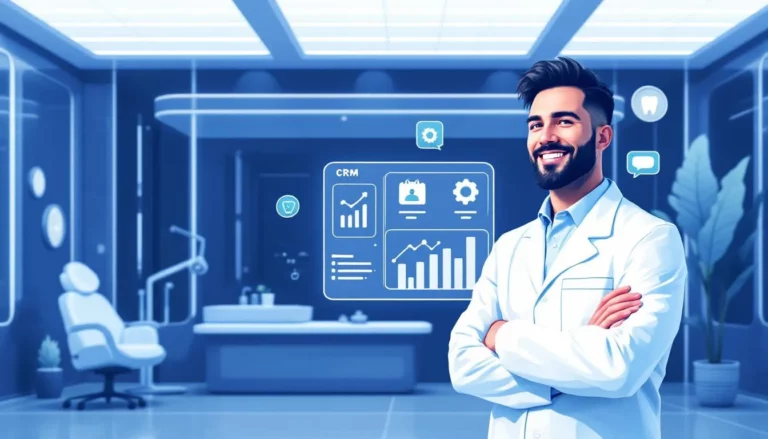
A lot of companies start out with a CRM that works just fine. It keeps track of deals, keeps track of contacts, and maybe even sends a few follow-ups automatically. That’s all you need in the beginning. But as the company grows, something that was once useful may slowly turn into a problem.
This change doesn’t happen all at once, which is tricky. There is no blinking sign that says “Time to upgrade.” Instead, small mistakes add up over time. That one late update or feature that’s not there will make your team work around the CRM more than they work with it until it happens. When agencies notice early on that they’ve outgrown a CRM system, they can make a change before the tool starts to hold them back.
Workarounds Are Becoming Your New Normal
When a CRM doesn’t work anymore, teams come up with smart but messy ways to get around it. The data tools might not be meeting the needs of sales people, so they may be hiding files. Because there aren’t many connections, marketing might be entering leads by hand every week. Because the CRM doesn’t allow for proper job management, account managers may use long email lines to keep track of client changes.
These short-term fixes work, but they cause more work to be done and raise the risk of mistakes. They also show that the CRM isn’t changing to meet the needs of the business, which is more important. The more these side systems grow, the harder it is for teams to stay on the same page. Things that used to feel flexible are beginning to look like chaos.
Data Feels Fragmented and Slow
When information gets lost or is late, it’s another clear sign that a business has outgrown its CRM. As a business grows, many teams need correct and up-to-date information to make choices. If some data lives in one platform and needs to be changed by hand in another, and reports need to be put together from different sources, then the system isn’t doing what it was meant to do.
Teams are less likely to make choices when they don’t trust the numbers they see. It takes longer to make changes to campaigns, predictions become less clear, and the general pace slows down. A good CRM should be the only source of truth. If it’s not doing that, the setting needs to be looked at again.
Growth Goals Outpace the CRM’s Capabilities
The agency’s goals going beyond what the CRM can provide may be the best sign of all. The current system does not allow for client sites, complex care processes, or multi-stage flows for various service lines.
At this point, agencies often have to choose whether to change their strategies to work with an old tool or switch to a platform that is designed to grow with the business. If you choose the second option, you can simplify processes, connect teams, and support bigger goals without having to keep fixing holes.
Conclusion – Knowing When to Level Up
It’s not a sign of failure to realize that you need a new CRM; it’s a sign of progress. As a business grows, it needs a wide range of IT tools. You might not be able to keep up with your business, your goals, or your speed with something that used to work great.
If you see that your company has outgrowing crm system, it’s time to find new tools that will help it get where it wants to go. Making that change at the right time will set you up for better processes, deeper insights, and results that can be scaled up.



